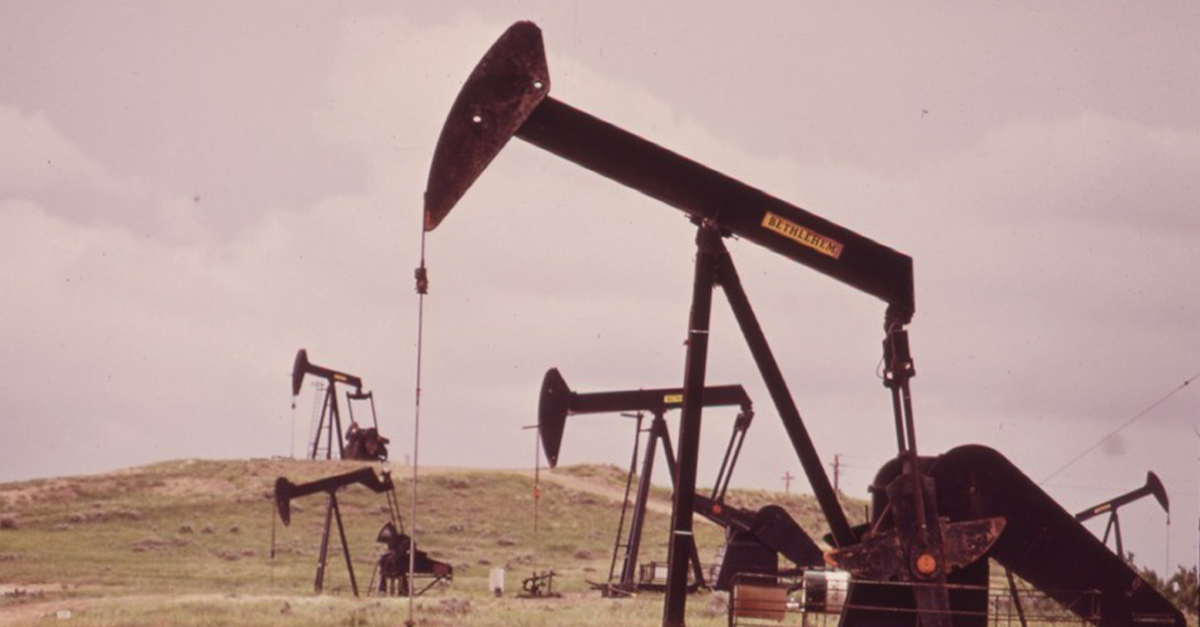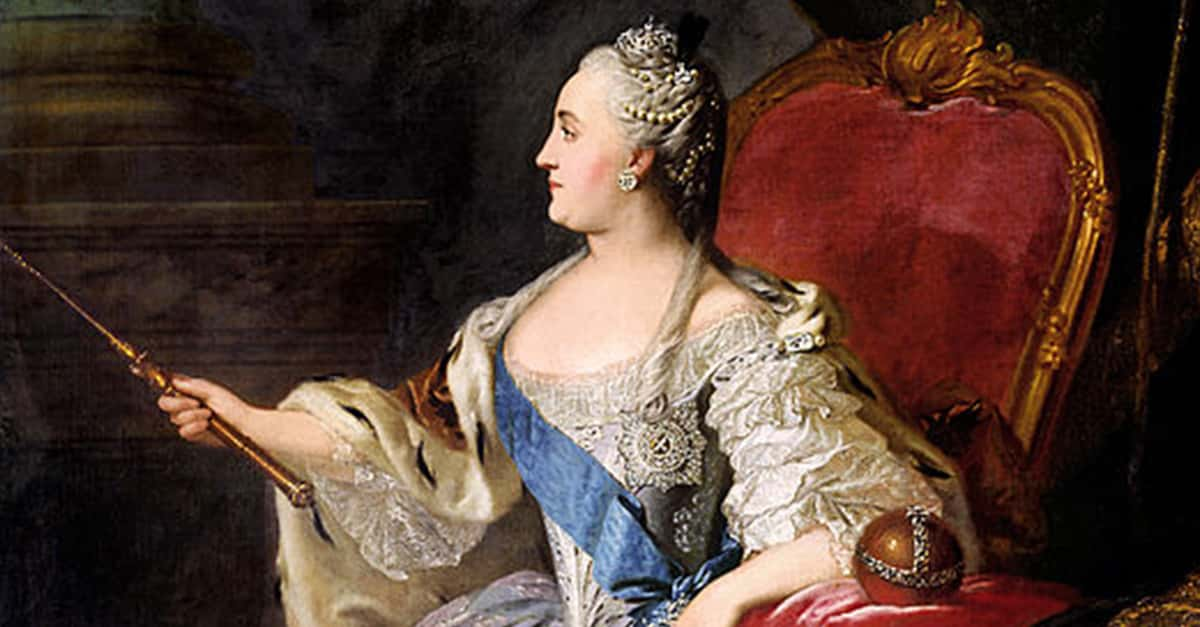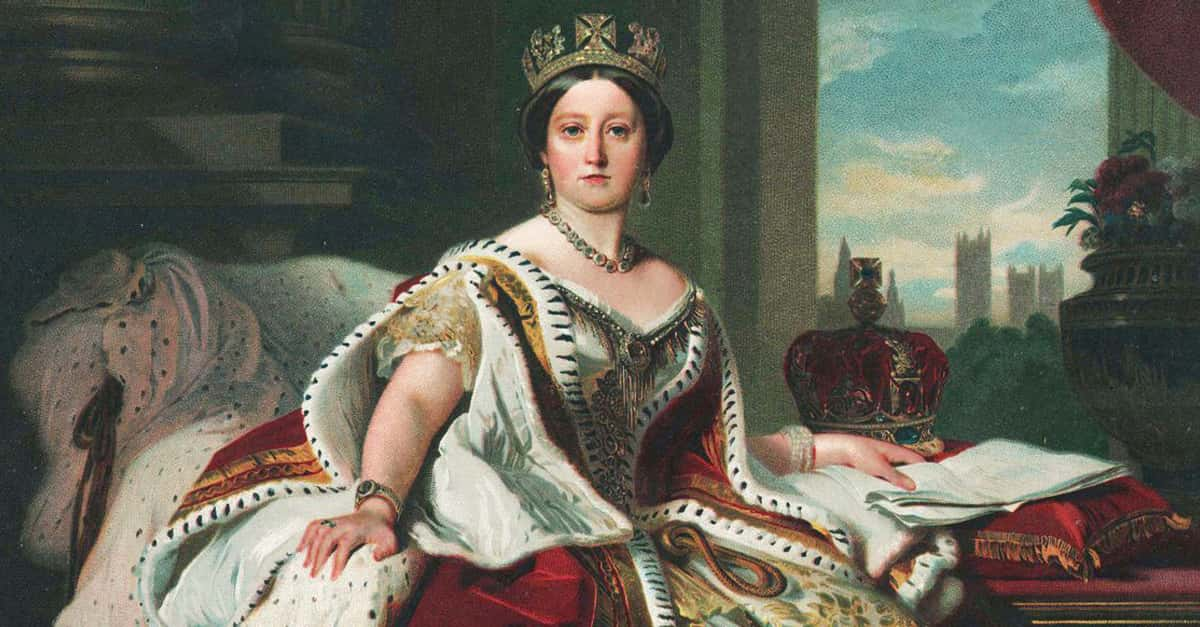In the early 1920s the United States was enjoying post-WWI prosperity and technological growth. But under the surface of President Warren G Harding’s administration was a deep well of corruption. It was called the Teapot Dome Scandal—a political earthquake that shattered public trust and is still a prime example of government corruption.
Setting the Stage: Oil, War, and Federal Reserves
After WWI, the US Navy converted its fleet from coal to oil. To safeguard oil supplies, the federal government set aside several oil-rich areas as naval petroleum reserves. Among these was Teapot Dome, a geological oil formation in Wyoming. Two other major reserves were located in California.
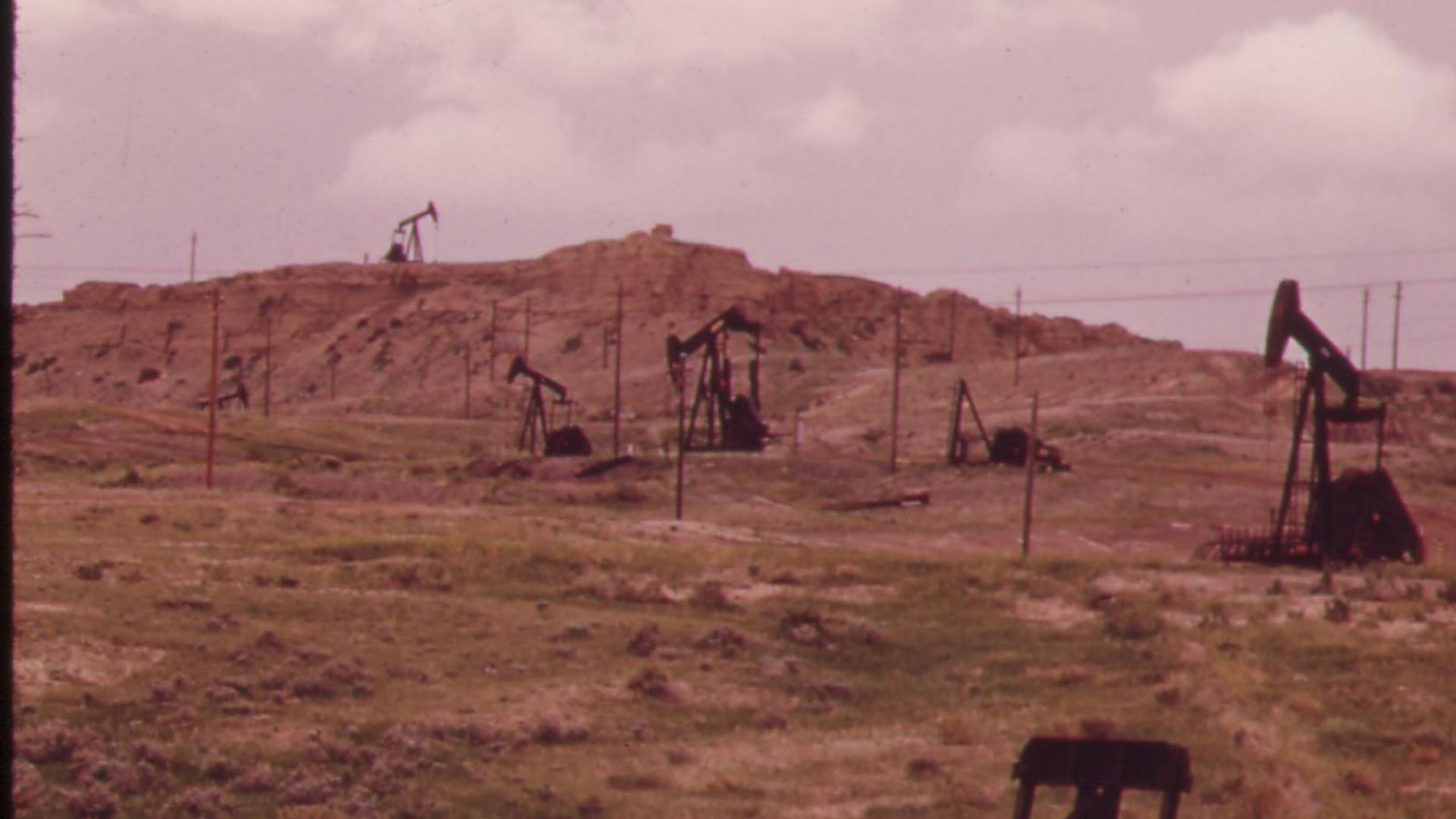 The U.S. National Archives, Wikimedia Commons
The U.S. National Archives, Wikimedia Commons
I’m Just Going To Shift These Oil Reserves
These oil reserves would ensure that the Navy would have fuel in case of national emergency. But that changed in 1921 when Harding’s Secretary of the Interior, Albert B Fall, had oversight of the reserves transferred from the Navy Department to his Interior Department. What followed was one of the most shocking betrayals of public trust in US history.
Secret Leases and Hidden Money
With the reserves now under his control, Fall secretly leased drilling rights to two major oil companies: Sinclair Oil (which gained rights to Teapot Dome) and Pan-American Petroleum (which received access to the California reserves). These leases were issued without competitive bidding, against standard procedure for federal contracts.
A Big Payoff
In exchange, Fall received bribes of more than $400,000 (equivalent to over $6 million today), funneled through loans, cash, and “gifts.” At the time, these transactions were hidden from public view, and Fall presented the leases as routine and in the national interest.
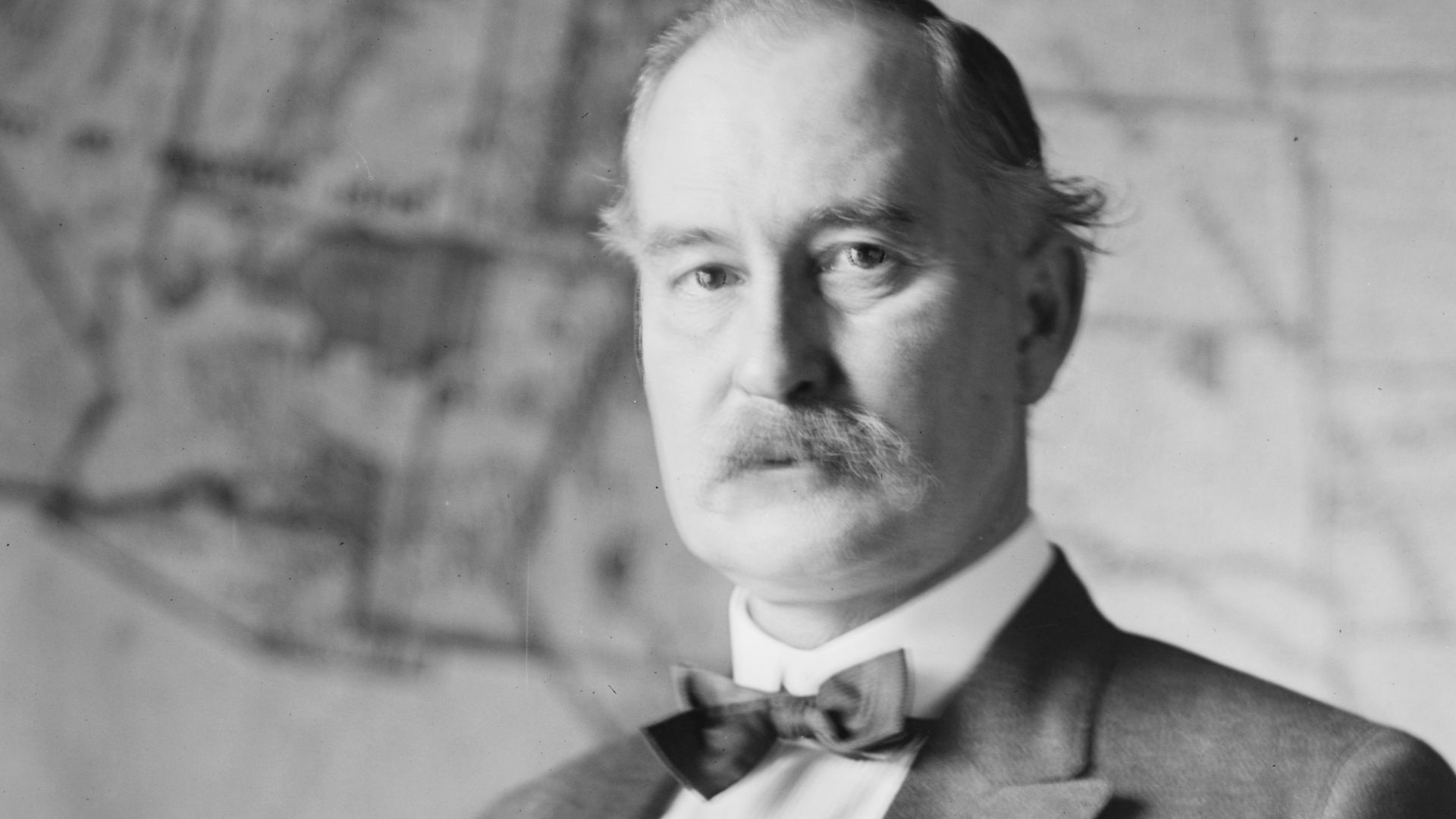 Albert B Fall, Bain News Service, publisher., Wikimedia Commons
Albert B Fall, Bain News Service, publisher., Wikimedia Commons
Exposure and Investigation
The scandal might have remained buried were it not for the persistence of journalists and a few determined senators. Reports of suspicious behavior and unusual leases led to a Senate investigation in 1922, spearheaded by Senator Thomas J Walsh of Montana.
A Paper Trail
The investigation turned up a paper trail of shady deals, financial records, and witness testimony leading directly to Fall. In 1924 the public finally learned the extent of the corruption. The revelations shocked the nation, as Harding had campaigned on a promise to return the US government to “normalcy” and honesty after the turmoil of WW I.
Fall’s Fall from Grace
Albert Fall was the first former Cabinet member in US history to be convicted of a felony committed while in office. In 1929 he was found guilty of accepting bribes from oil executives. He was sentenced to a year in prison and a $100,000 fine. Later the expression “fall guy” was said to have come from Fall, but the expression was already in common use by the 1920s.
Oilmen Cleared
Ironically, the oilmen who paid the bribes—Harry Sinclair and Edward Doheny—were acquitted of bribery charges. This contradiction sparked public outrage and added to the sense that justice was unfairly applied when it came to the powerful.
Impact on the Harding Administration
Harding was never personally implicated in the scandal and died in office in 1923, but the Teapot Dome affair tainted his legacy. Historians rank him among the worst US presidents due to the rampant corruption and cronyism under his watch. Harding appointed many friends and political allies to high offices, many of whom were later linked to abuses of power and corruption schemes.
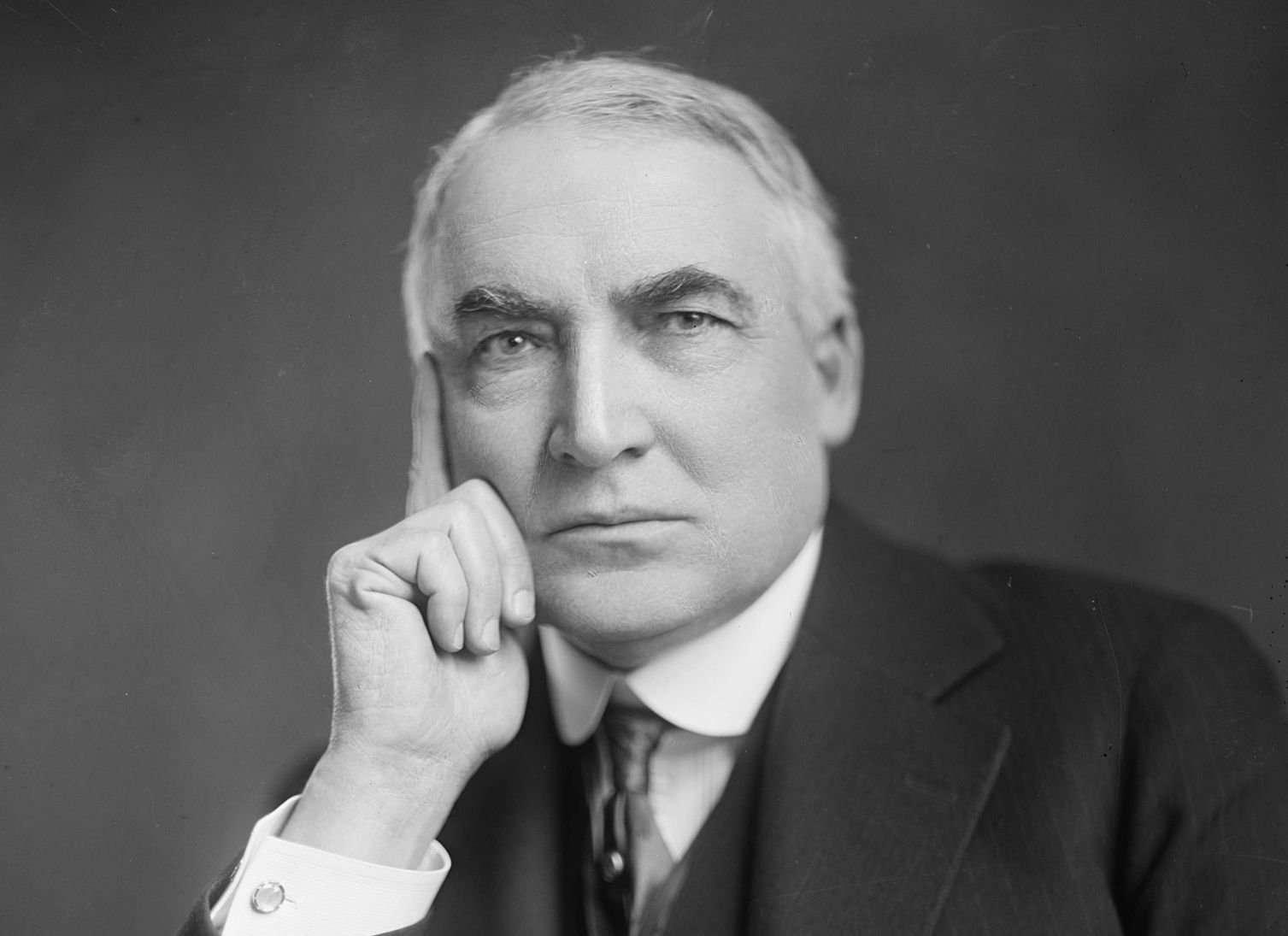 Harris & Ewing, Wikimedia Commons
Harris & Ewing, Wikimedia Commons

History's most fascinating stories and darkest secrets, delivered to your inbox daily.
Lasting Legacy of the Scandal
The Teapot Dome Scandal changed how Americans viewed the federal government. It led to increased demands for transparency, oversight, and ethics in public service. It also prompted reforms in the handling of government leases and contracts. The Supreme Court ruled that the oil leases were fraudulently obtained and returned control of them to the US government.
Conclusion: A Symbol of Political Betrayal
The Teapot Dome Scandal remains one of the most infamous corruption cases in American history, and serves as a warning of what can happen when greed comes before public duty.
Though Teapot Dome has been eclipsed by Watergate in the public memory, its lessons are more relevant than ever.
You May Also Like:
Blue-Blooded Facts About John D Rockefeller, The First Billionaire
Forbidding Facts About Prohibition

